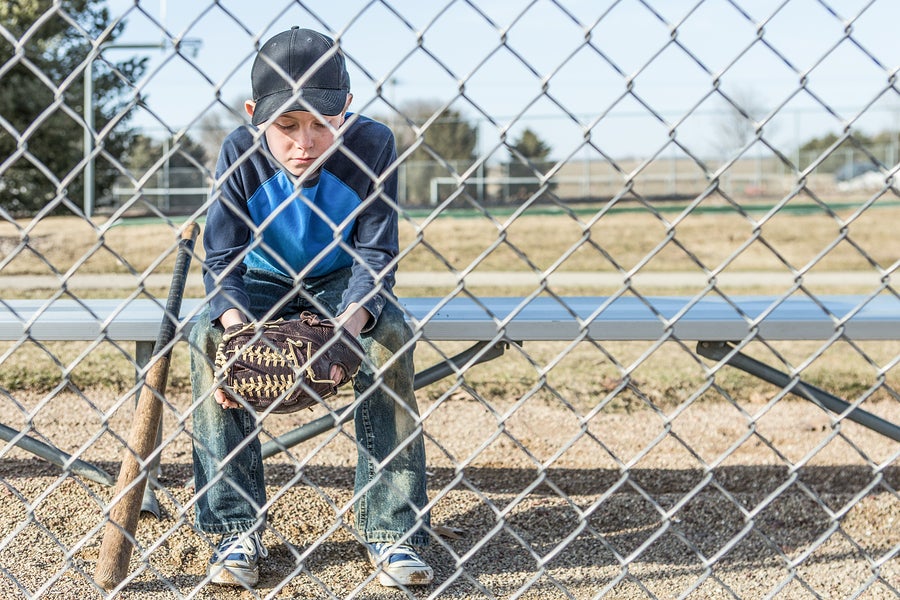With both the House and Senate committees of jurisdiction reporting out CHIP bills last week, what needs to happen next to get CHIP done? Students of Schoolhouse Rock know that it’s very difficult for a bill to become a law – there are many steps that have to be taken. And while it’s a good sign that the CHIP bills (HEALTHY KIDS Act in the House and KIDS Act in the Senate) made it out of committee, the deadline has passed and the work is far from over.
Next, the bills need what’s known as floor time – a chance for all of the members in both chambers to debate the bill and take a vote. There are many competing priorities for floor time and it’s up to the leader of each chamber (Speaker Ryan in the House and Leader McConnell in the Senate) to decide which bills to consider and when. Will they decide that CHIP is a priority, or will they choose to spend the floor time on other issues?
No one can say for sure. Some of the other items that may take precedence include funding for hurricane relief and completing the fiscal year 2018 budget. Here at CCF, we think CHIP should be top of mind as the leaders decide – almost 9 million children rely on CHIP to stay healthy and see the doctor when they are sick. And it is possible to do more than one thing at a time, especially if the House and Senate work in a coordinated fashion.
Once the House and Senate pass their respective CHIP bills, they would have to reconcile any differences. This can happen in one of two ways – through a formal conference or more informally through what’s known as ping-pong.
If the bills are very different, the most likely path is a conference committee. The leaders of each chamber would appoint key members to negotiate a compromise deal, and then each chamber would have to vote again. The downside of this option is that it can take a very long time. And we already know that time is of the essence for CHIP.
If the bills are pretty similar – as is the case for the CHIP policy but it is still unclear with respect to the offsets and any other policies that may be included in the overall package – then ping-pong is more likely. For example, the Senate could pass the KIDS Act next week and send it the House. Then when the House comes back from recess the week of October 23, the House could pass the Senate bill “as-is” (and straight to the President’s desk it would go!) or the House could make some changes and send it back to the Senate. This could continue a few times – one side pings and the other side pongs – until both chambers have voted favorably on the same text.
After the bill passes in both chambers, the President has to sign it in order for it to become law. This can happen very quickly or can take up to 10 days. (While unlikely, the President also has the option to veto the bill, sending it back to Congress to try to override.)
It’s easy to see how this could drag on for a while, even with the best of intentions. The bipartisan agreements on CHIP policy reflect a commitment to get this done, but we need to see bipartisan offsets and movement on the floor very soon or risk children losing coverage and going backwards on our progress in covering over 95% of children nationwide.


